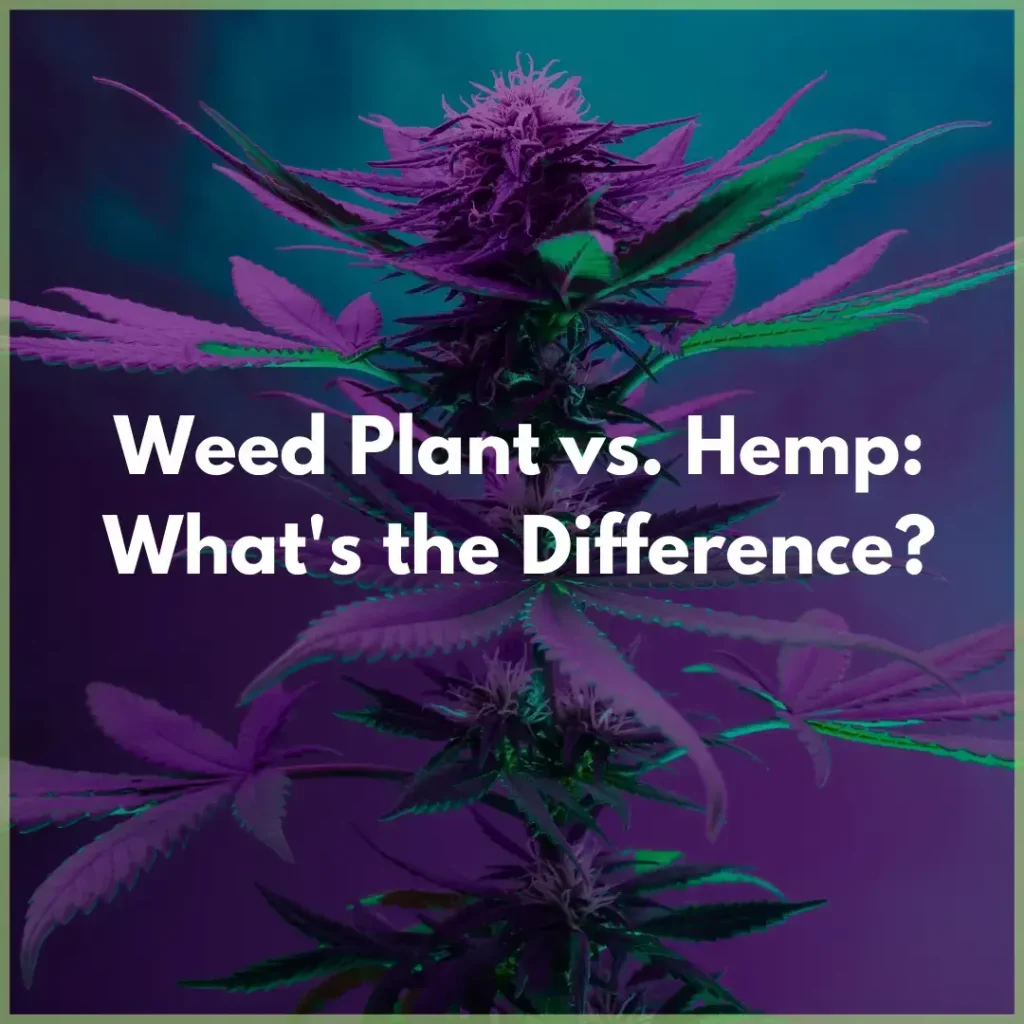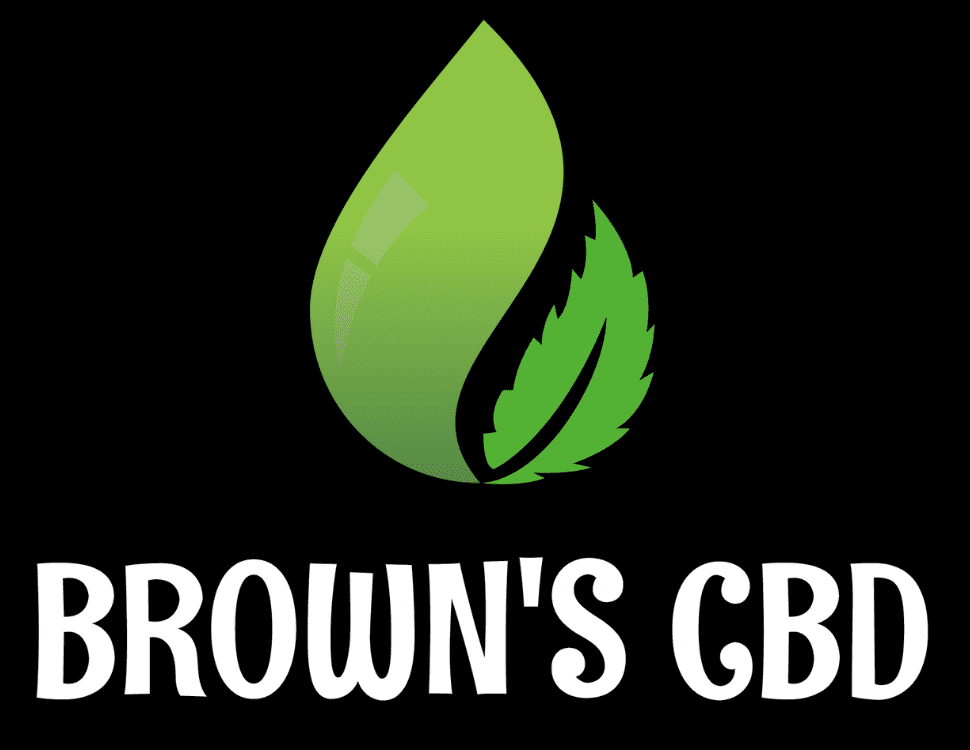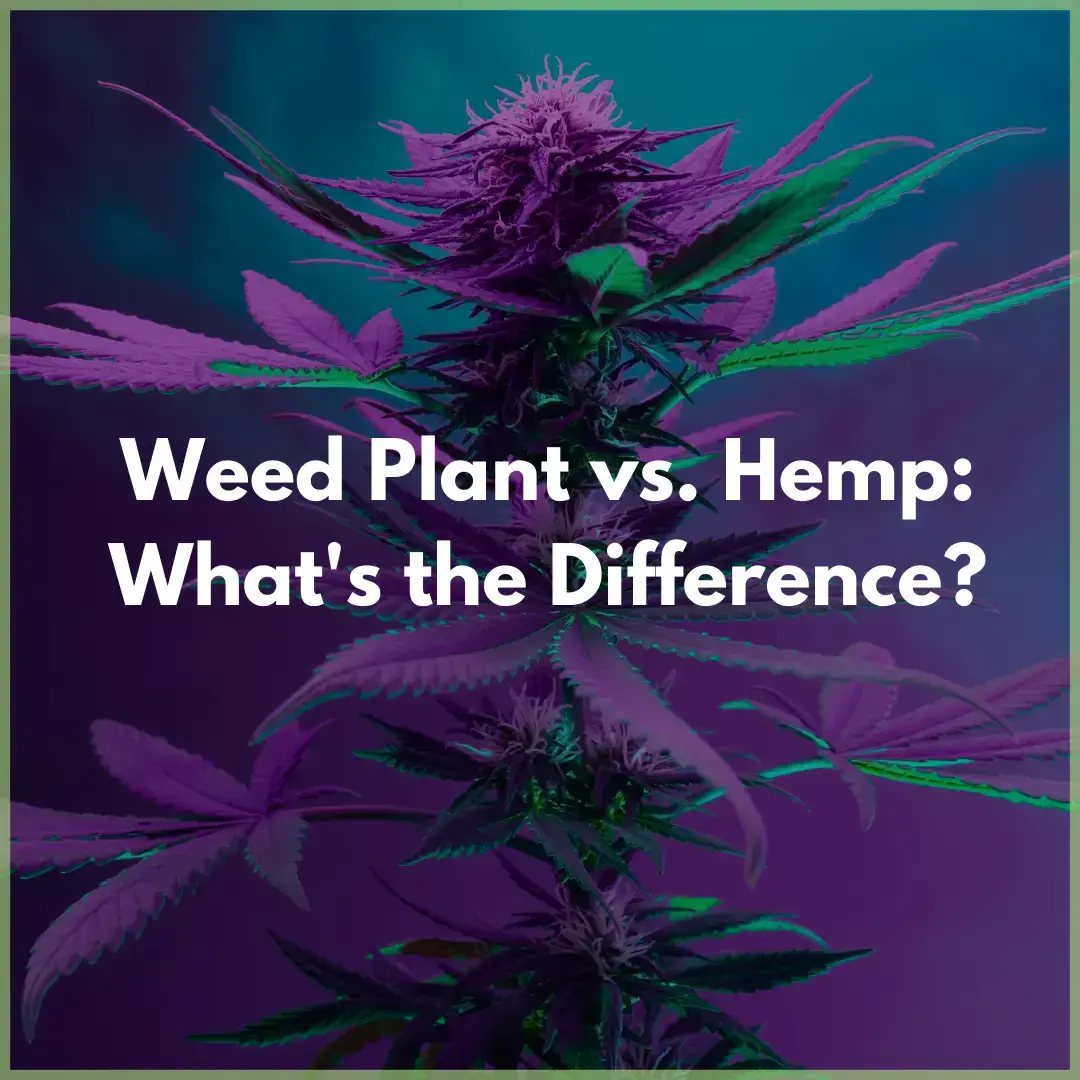
Weed plants (marijuana) and hemp are both forms of Cannabis but differ in cannabinoid content and uses.
In this article, we will explore the main differences, benefits and uses of both weed and hemp.
Summary
- Cannabis is divided into three subspecies: sativa, indica, and ruderalis.
- The main difference between weed plants (marijuana) and hemp is THC content; marijuana has high THC for intoxicating effects, hemp has minimal THC and is used for industrial, nutritional and well-being purposes.
- Hemp is famous for being sustainable, used in many products that promote environmental health, while marijuana is grown for recreational and medicinal use.
Understanding Cannabis: The Basics
Cannabis, a member of the Cannabaceae family, has been part of human culture for thousands of years, used in medicine, recreation and industry.
The genus Cannabis is divided into three main subspecies: Cannabis sativa, Cannabis indica, and Cannabis ruderalis.
Cannabis sativa, commonly known as sativa, is well known in the Western world for its tall stature and potentially energising effects.
On the other hand, Cannabis indica, or indica, is known for its short and bushy form and potentially sedative effects.
Cannabis ruderalis, although lesser known, is a short form of Cannabis that can grow in unique lower-lighting conditions.
Despite the common belief that Sativa and Indica strains produce either energising or sedative effects, this has more recently been debunked. The effects of cannabis vary from strain to strain.
Hemp is a variety of the Cannabis sativa subspecies, known as Cannabis sativa – L. Understanding these different varieties is important when looking at the differences between weed plants (marijuana) and hemp.
While marijuana is grown for its psychoactive properties, hemp is used for industrial, nutritional and well-being purposes.
Weed Plants vs. Hemp
Cannabis plants, likely native to the Asiatic continent, are amazing and very versatile.
Hemp, with its XY sex-determination system, is grown for its fibres, seeds and flowers with non-intoxicating cannabinoids like CBD, which is used in products such as topical CBD patches.
The weed plant, on the other hand, is grown for its high THC content which gives the ‘high’ and medicinal effects.
This fundamental difference in chemical composition and use is what makes weed plants and hemp different.
THC Content
Weed plants, or marijuana, have high THC levels, usually between 5 and 20%. This high THC content is what gives the ‘high’ and makes marijuana popular for recreational and medical use.
Hemp, on the other hand, is defined by its low THC content, legally capped at 0.3% in the US or 0.2% in Europe.
With minimal THC, hemp has no intoxicating effects, making it suitable for many industrial and nutritional applications without the legal complications of weed.
Cultivation Differences
Cultivation methods for cannabis and hemp are very different due to intended use and market demand.
While marijuana is grown to maximise THC content, hemp is grown for its fibres, seeds and cannabinoid content for UK CBD Oil, which has many industrial and health applications.
Hemp cultivation is good for the environment, improving soil quality, supporting biodiversity and carbon sequestration.
While the cultivation of recreational and medical cannabis requires high energy input and is less environmentally friendly.
Growing Conditions
Weed plants thrive in warmer climates with consistent light, often grown indoors for strict control over conditions to optimise THC production. Optimal temperatures for marijuana cultivation are 18-26°C.
Hemp prefers a more temperate environment and can tolerate a wider range of soil conditions. Its versatility in growing conditions makes hemp a more resilient and adaptable crop that can be grown globally.
Health Implications
Cannabis has been used for therapeutic and recreational purposes for thousands of years.
Medical cannabis can treat nausea during chemotherapy, improve appetite in HIV/AIDS patients, and manage chronic pain and muscle spasms.
The FDA and UK MHRA have approved THC-containing medications for specific medical uses such as treating chemotherapy-induced nausea and stimulating appetite in AIDS patients.
The health effects of cannabis vary depending on its THC and CBD content, each cannabinoid has its own benefits and risks.
While cannabis has potential health benefits, be aware of the possible risks like addiction and adverse effects from heavy use.
Risks and Benefits
Marijuana use can cause side effects like dizziness, changes in appetite and overdose symptoms like anxiety and paranoia. But there are no reports of death from marijuana overdose.
Despite these risks, marijuana has many therapeutic benefits like pain relief and appetite stimulation, improving quality of life for many patients.
More research is needed to fully understand the long-term effects and benefits of cannabis use.
Hemp products like full spectrum CBD oils can bring many wellness benefits and improve your life.
But while rare, CBD products can cause dehydration or digestive issues in sensitive people.
Environmental Impact
Hemp is now recognised for its environmental sustainability. It can absorb a lot of CO2 during growth, helping with carbon sequestration and climate change.
Hemp also improves soil quality and prevents erosion, making it good for sustainable agriculture.
Plus, Hemp is used in the production of eco-friendly alternatives to plastics and other materials, adding to its environmental benefits.
So, hemp is an exciting tool for a more sustainable future.
Conclusion
In summary, cannabis is a very versatile plant with a long history and many different uses. We outlined the main differences between weed plants and hemp, focusing on their THC content and uses.
Weed plants, with their psychoactive effects, are used recreationally and medically, while hemp is used industrially, nutritionally and for wellness.
If you want to learn more about our hemp-derived products, head over to our CBD shop today!
Frequently Asked Questions
The main difference is that weed plants have high THC, making them psychoactive, while hemp has 0.2% THC or less, so it won’t get you high. It’s all about the THC!
No, hemp won’t get you high since it has very low THC levels, which is the compound that causes psychoactive effects. So you can enjoy its health benefits without the buzz!
Common uses of Hemp are textiles, biofuels, building materials and nutritional products like seeds and CBD oils.
No, medical marijuana is not the same as recreational marijuana; it’s used to treat medical conditions, while recreational marijuana is used for its psychoactive effects. They both come from the same plant, but their purposes and composition differ.
Hemp cultivation is good for the environment as it helps sequester carbon, improves soil health and produces eco-friendly materials. It’s a win-win for the planet!

